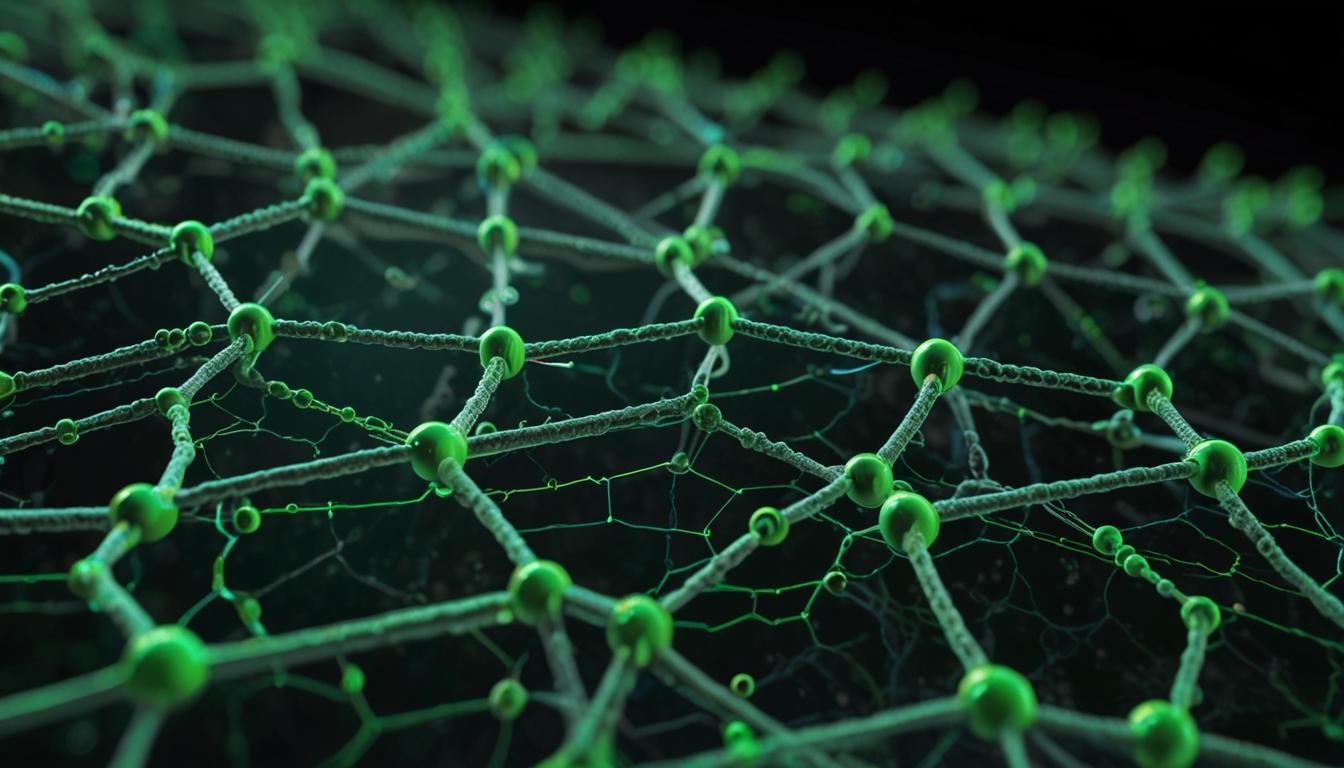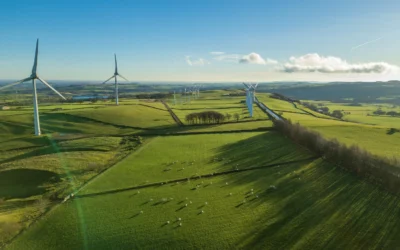A team of scientists at EPFL, led by Kumar Varoon Agrawal, has created revolutionary graphene membranes for carbon capture. They incorporate pyridinic nitrogen at graphene pore edges. Nature Energy has reported that the membranes exhibit enhanced CO2 binding efficiency and impressive separation factors. They also show promise for more sustainable and cost-effective industrial carbon emissions reduction.
Using single-layer graphene films synthesized via chemical vapor deposition on copper foil, the team introduced pores through controlled oxidation with ozone. They followed this by treating the oxidized graphene with ammonia at room temperature to integrate nitrogen atoms.
This innovation could significantly lower the costs and energy requirements of carbon capture processes. It also promises a more sustainable and economical solution for reducing industrial carbon emissions.
X-ray photoelectron spectroscopy and scanning tunneling microscopy confirmed the successful incorporation of pyridinic nitrogen, which boosted the CO2 binding on the graphene pores. The new membranes exhibited an impressive CO2/N2 separation factor, achieving an average of 53 for 20% CO2 gas streams and over 1000 for 1% CO2 streams due to enhanced CO2 binding.
Scalability was demonstrated by producing centimeter-scale high-performance membranes, paving the way for industrial deployment.




